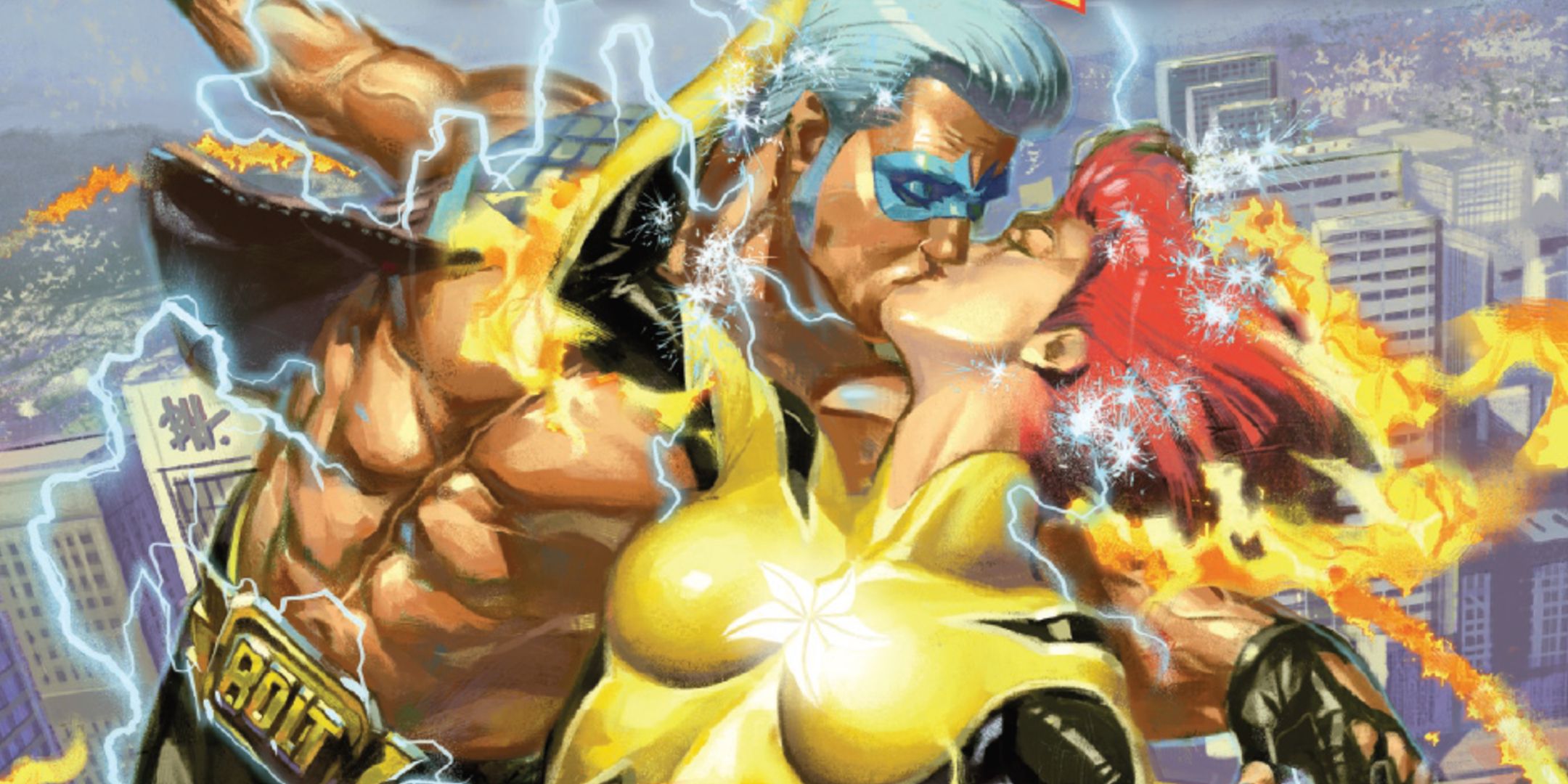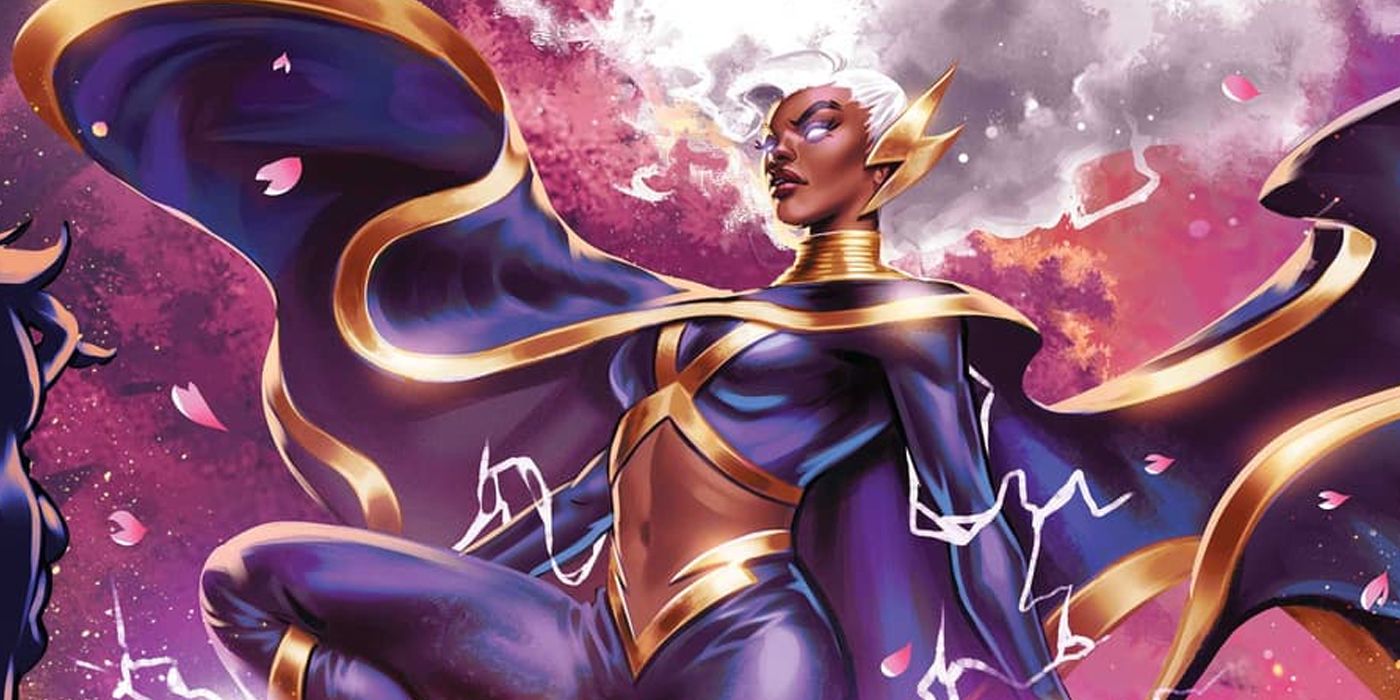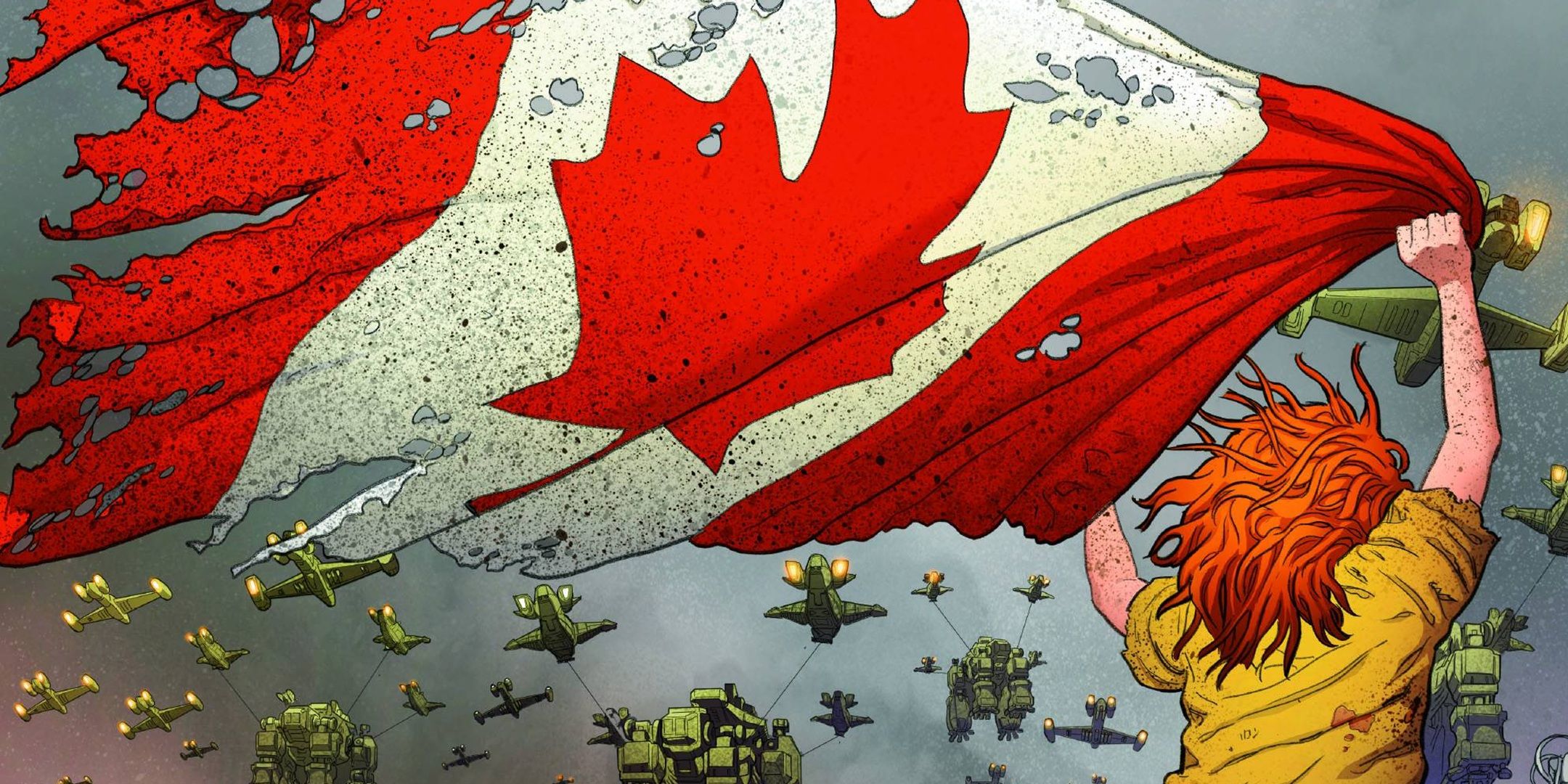In a less momentous week, Gina Gagliano’s article WHAT WILL POTENTIAL TARIFFS MEAN FOR COMICS PUBLISHERS IN 2025? ‘WE’LL LIKELY HAVE LESS CUSTOMERS’ for TCJ.com might well be what we were talking about. Because if the tariffs go into effect, the cost of books and comics will rise, the comics eco-system will be changed, and the article explains exactly how and why.
Gagliano spoke to 18 publishers and experts on what the announced 10% tariffs on China and 25% tariffs on Canadian imports might mean to indie comics publishers, and it’s a comprehensive and thoughtful piece. Publishers quoted include Eric Reynolds of Fantagraphics, Silver Sprocket’s Avi Ehrlich, Vault’s Damian Wassel and many many more. There’s even a graphic breaking down where the publishers surveyed print their books:
 This chart reflects the number of countries the 18 publishers TCJ spoke to are printing in, not the quantities of books printed by them, or overall, in each country.
This chart reflects the number of countries the 18 publishers TCJ spoke to are printing in, not the quantities of books printed by them, or overall, in each country.And publishers are blunt on the costs:
“I had printed exclusively with domestic printers up until recently and was getting killed with the costs,” Zachary Clemente, the Publisher of Bulgilhan, said. “To give context, the last two books I printed were around $1.46/book at a print run of 3,000. To do something similar in the US would be closer to $5.50 per book, meaning I would lower the print run and likely have to raise the cover price.”
Using our back-of-the-handkerchief math, with the current rate at 7.5 cents, Clemente would pay $328.50 in tariffs on his print run of 3,000 copies. If the rate goes up to 100%, he’d pay $4,380.00 on future books with that same printing cost and print run. That’s a significant change, and one that’s making publishers think about other options.
Ouch.
One of the major points of the article is that publishers can’t just switch to US printers. First off, there aren’t that many US printers, and handling all that business would require a huge structural ramp-up that just isn’t possible quickly. Something that hasn’t been much mentioned is that US printers just can’t handle the quality and details that overseas printers offer:
But decisions on where to print aren’t just about cost. Many publishers I spoke with also brought up printing quality, and the ability of U.S. printers, who generally specialize in printing black and white prose fiction and nonfiction titles, to produce books that are as complicated as full-color graphic novels, especially titles that have extra design effects, like spot gloss, foil, die-cuts, fold-outs, stamped page ends, and more.
…
Avi Ehrlich, the publisher of Silver Sprocket, said, “The decision to print overseas isn’t just about cost (though they are cheaper), but really about quality and options. We haven’t been able to find domestic printers able to offer the quality and options available from printers overseas, such as the high quality interesting paper stocks, binding options, and unique foils that make our books stand out. We used to print primarily in Canada and finally moved most of our printing overseas after a series of very frustrating quality issues and delays due to North American printers simply not having all of the resources available under one roof to efficiently and correctly make books with the quality we want to be producing.”
I urge everyone to read the complete piece – it’s got lots of details and information. However, one of the main points is that publishers can only do so much planning before the actual tariffs go into place – in theory a book could be printed in china at one cover price, and have tariffs go into place while it’s on a boat to the US, meaning that price is way too low.
Other potential effects: more comics in black and white; books could be shorter; books will have fewer deluxe details. Or just the nut graph:
“Maybe there’s some post-globalist future in which American manufacturing has been rebuilt, but in the near term I expect this will just make most products far more expensive and less profitable,” Beehive’s O’Neill said.
Extra credit: Austin English posts a comic about printing books by Ben Katchor in the comments!
The above graph shows where one segment of publishers get their books printed, but just how many comics are printed where is a hard number to come by. I made a random survey of the books in a stack by my desk (I have a lot of books sitting by my desk):
D&Q: Boznia and Herzegovina
Image: Canada
Marvel: Solisco Printers, Scott, OC, Canada
First Second: Toppan Leefung Printing, Dongguan City
Dark Horse (manga): USA
Dark Horse (color comic): China
Abrams: China
DSTLRY: Canada
So, a lot of variety there, but I should note none were traditional comic books.
Tariffs are a big question mark over comics in 2025 (but maybe not the biggest question mark) and for sure, it’s going to be a wild, wild ride.




















 English (US) ·
English (US) ·